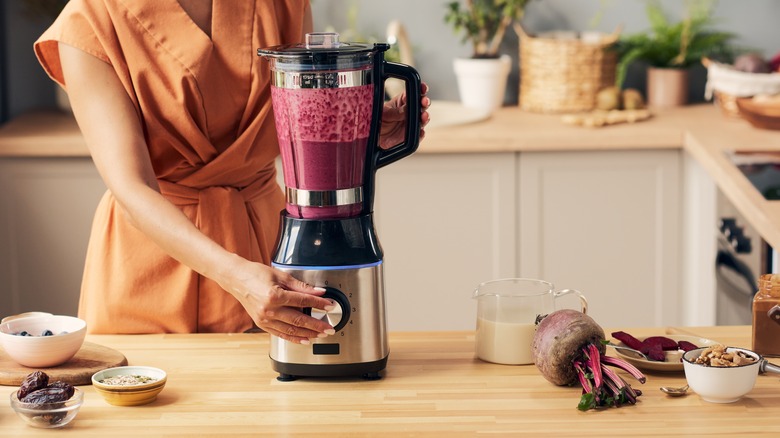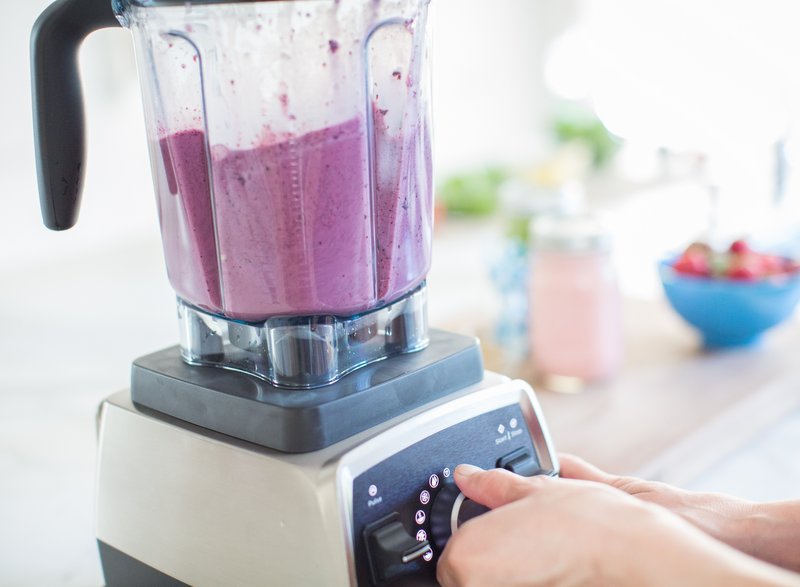Whether you’re a seasoned chef or a home-cooking enthusiast, understanding blender speed settings can significantly enhance your culinary creations. Blenders are versatile kitchen tools, and knowing how to utilize their speed settings can take your cooking to the next level. In this article, we’ll dive deep into the world of blenders, focusing on how speed settings can influence your recipes.

Introduction to Blender Speed Settings
Blenders are more than just appliances to make smoothies. They’re powerful tools that can chop, puree, and blend a variety of ingredients. At the heart of their functionality are the speed settings, which control the blade’s rotation. By mastering these settings, you can achieve the perfect texture and consistency for your dishes.
Why Speed Settings Matter
The speed at which your blender operates can significantly affect the outcome of your recipes. Different foods require different blending speeds to achieve optimal results. For instance, blending fruits for a smoothie might need a different speed than pureeing soup. Understanding these nuances can turn a good dish into a great one.
Basic Speed Settings
Most blenders come with basic speed settings: low, medium, and high. Here’s a brief overview of what they mean:
- Low Speed: Ideal for chopping ingredients or mixing liquids without splashing.
- Medium Speed: Perfect for blending ingredients into a uniform mixture, like pancake batter.
- High Speed: Best for pureeing and liquefying ingredients, such as making smoothies or soups.
Advanced Speed Settings
Some advanced blenders offer more specific speed settings and functions. These might include:
- Pulse Function: Allows short bursts of power for precise control, useful for chunky salsas or chopping nuts.
- Crush Ice Setting: Designed specifically for ice, ensuring it’s crushed efficiently without damaging the blades.
Choosing the Right Speed
Choosing the right speed is crucial for achieving the desired texture and consistency. For example:
- Use low speed for dry ingredients like flour to prevent them from becoming airborne.
- Opt for medium speed when making sauces to ensure all ingredients are well incorporated.
- Select high speed for smoothies to break down fibrous fruits and vegetables.
Impact on Nutrients
It’s important to note that the speed of blending can impact the nutritional content of your ingredients. High-speed blending generates heat, which can degrade some nutrients. Therefore, it’s essential to balance speed with time to preserve the nutritional integrity of your food.
Common Mistakes to Avoid
Avoiding common blending mistakes can enhance your cooking experience:
- Overfilling the blender: This can lead to uneven blending and potential messes.
- Ignoring pulse function: It offers better control for certain recipes.
- Using the wrong speed for the task: Can result in undesired textures.
Cleaning and Maintenance
Proper maintenance of your blender is essential for its longevity. Always clean your blender immediately after use to prevent food from drying on the blades. Regularly check and replace any worn-out parts to ensure optimal performance.
Recipes to Try
Now that you understand the blender speed settings, try these recipes to practice your newfound knowledge:
External Resources
For more in-depth information on blenders and their uses, check out this comprehensive guide.

Frequently Asked Questions
What speed should I use for making soup?
For soups, it’s best to start with a medium speed to blend the ingredients smoothly, then switch to high speed for a creamier texture.
Can I crush ice with any blender?
Not all blenders are designed to crush ice. Use a blender with a specific ice-crushing setting to avoid damaging the blades.
Does blending speed affect nutrient content?
Yes, high-speed blending can generate heat that may degrade some nutrients, so it’s important to balance speed and blending time.
This article contains affiliate links. We may earn a commission at no extra cost to you.

